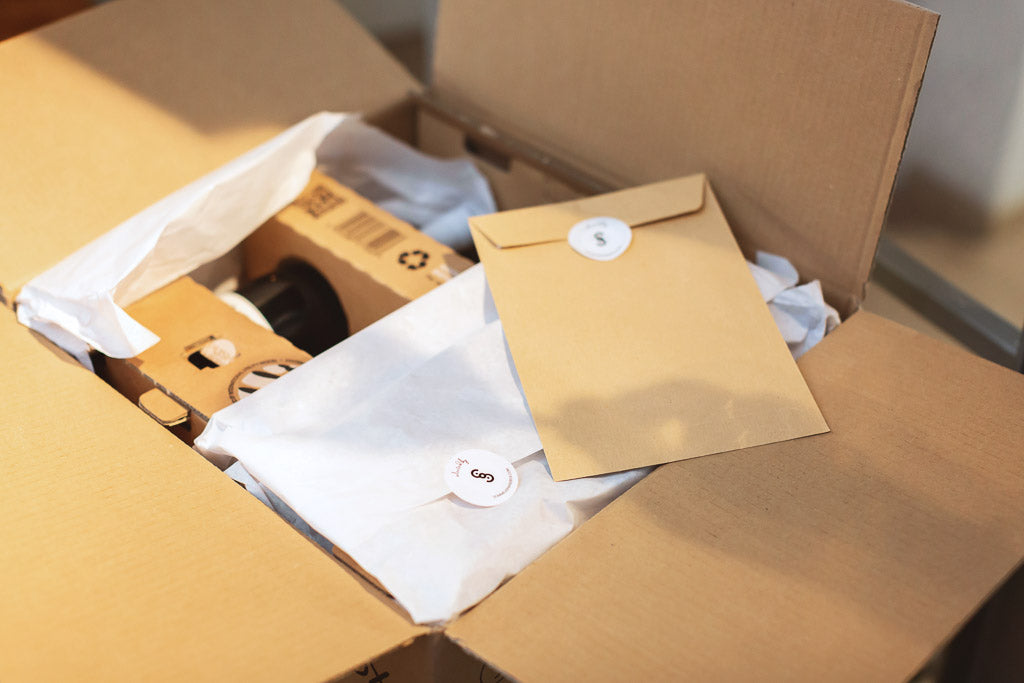A little chance, a little magic, the Late Harvest wine immediately projects into a precious and broad imagination. These are sweet wines that offer a kaleidoscope of aromas and flavors, excellent even on their own, for meditation. But what is it?
There are various types of wine derived from dried grapes. If the drying (natural or forced) takes place in the fruit room, the passito originates; if the grapes are harvested frozen, Eiswein (or Icewine) is obtained; if the drying occurs directly on the plant, late harvesting occurs.
1. How was the late harvest technique born?
The late harvest was born in France . Legend tells of the carelessness of an Alsatian winemaker, who forgot to pick the ripe grapes, leaving them to dry on the vine. The wine would therefore have been pleasantly sweet and aromatic, capable of releasing a kaleidoscope of aromas.
What is certain is the extraordinary tradition of wines produced from overripe grapes in Alsace , while the legal recognition of the “Vendange tardive” in 1984 (now authorized in these Appellations d'origine protégée: Alsace, Alsace Grand Cru, Jurançon and Gaillac).
The late harvest is introduced in Italy with the denomination "late harvest wine" or "wine from overripe grapes", foreseen as a type of wine that can be produced in various specifications.
- Read also: what is precision viticulture
2. What is Late Harvest?
The late harvest consists of harvesting overripe grapes , the bunches of which are left to age on the vine and then harvested late, after their physiological maturation so that the sugar content is concentrated. The drying process takes place on the plant: the grape loses a lot of water while sugars and other compounds increase .
The difference compared to dessert wines is precisely this, because in the second case the grapes - already harvested - dry in the fruit room, that is, in a designated environment.
The process requires patience and dedication, together with a great mastery of the technique and a climate that allows it (specifically: favorable autumn sun and absence of extremes in the climate). And of course suitable grapes, not subject to fungal attacks.
- Read also: what is zoning
3. Which grapes are best suited to late harvesting?
In Alsace , Vendages Tardives can be produced with Muscat, Gewürztraminer, Pinot Gris and Riesling grapes; in Gaillac with Loin-de-l'Oeil, Ondenc, Mauzac and Muscadelle; while in Jurançon with Gros Manseng and Petit.
In general, grapes with good aromas are suitable, such as Moscato and Malvasia . Also interesting is the Friulian Picolit , characterized by spontaneous floral abortion. For this reason the vines ripen few bunches, with a few berries each. For this reason, the bunches absorb many nutrients and are particularly suitable for the vinification of sweet wines (from late harvest or sweet wines).
4. What are wines made from overripe grapes like?
Wines produced from late-harvested grapes tend to be golden yellow (but bright) in color and take on complex and intense aromas , never aggressive. On the nose lots of exotic, ripe, dried and dehydrated fruit, hints of honey. And then, in the mouth: sweetness, creaminess, opulence.
- Read also: how to taste wine
5. What is reasoned double maturation?
Reasoned double ripening (DMR) is a particular technique that always allows the grapes to overripen on the vine. Born in the 1980s, it consists of cutting part of the vine shoots , cutting them at the base, leaving the bunches on the plant. In the bunches that are on the cut shoots there is a notable increase in the sugar level.
The wine resulting from the rational double maturation is therefore composed of grapes with two different levels of ripeness : half of the bunches remain nourished by the sap, over-ripening, while the other half begins a drying process on the vine.
- Read also: tricks for tasting like a sommelier
6. What are the best pairings for a Late Harvest wine?
Rich, complex and opulent, never cloying, late harvest wines are wines to pair with important moments .
They are perfect to serve with fruit cakes, dry pastries, dried fruit.
But there are not only sweet combinations: try them also with blue or mature cheeses.




